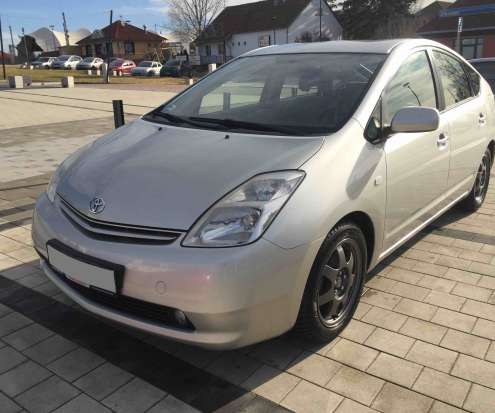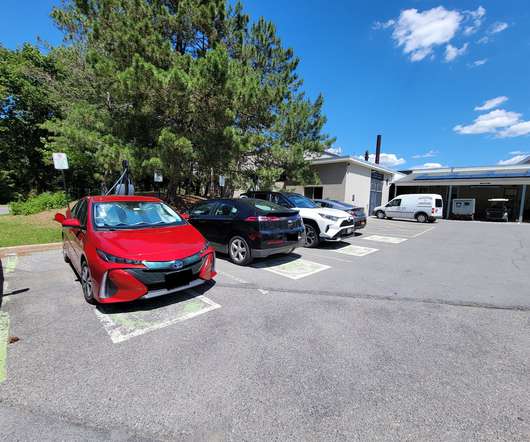EPA proposes Tier 3 standards for gasoline sulfur content and vehicle emissions; harmonized with California LEV III
Green Car Congress
MARCH 29, 2013
The US Environmental Protection Agency (EPA) proposed long-anticipated Tier 3 standards for gasoline sulfur content; evaporative emissions; and tailpipe emissions from all light-duty vehicles (LDVs, or passenger cars), light-duty trucks (LDT1s, LDT2s, LDT3s, and LDT4s) and Medium-Duty Passenger Vehicles (or MDPVs). Vehicle emissions.




































Let's personalize your content